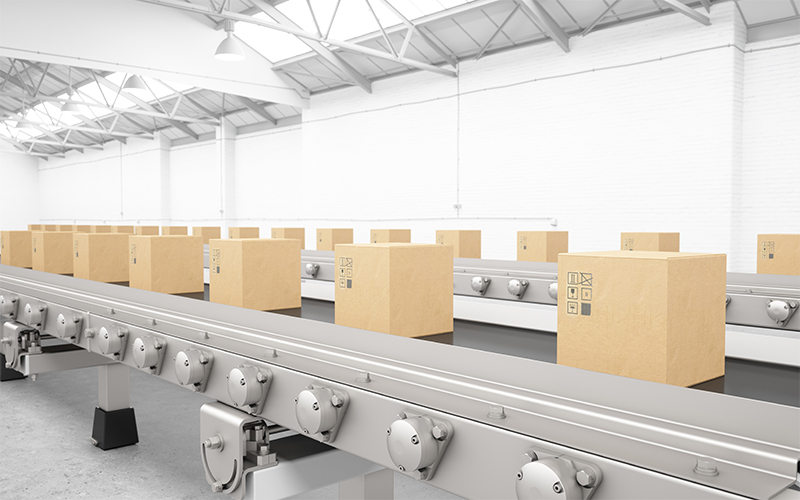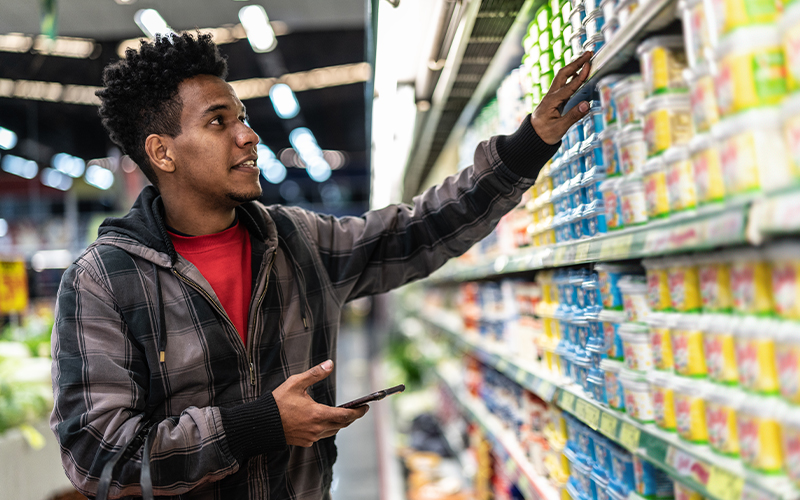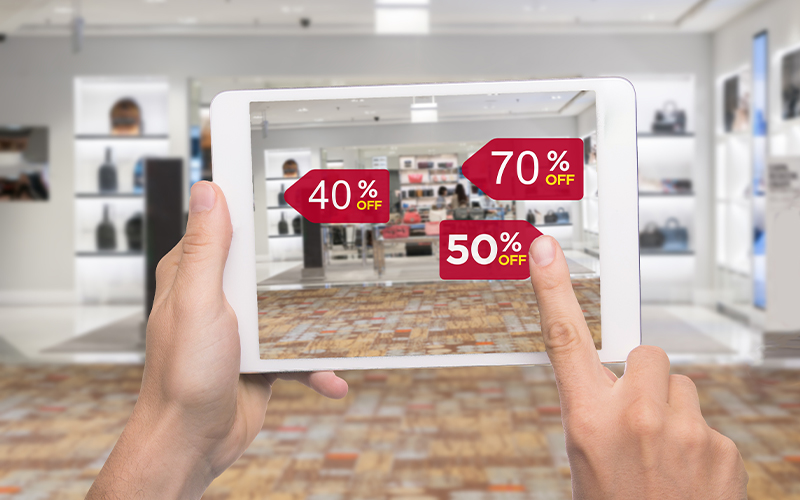Retail, CPG and Logistics
The new revolution in retail operations - Intelligent Store
“Intelligence is the ability to adapt to change” - Stephen Hawking
The consumer landscape is witnessing a power transition from retailers to consumers, prompted by the invasion of e-commerce and social media.
Today’s consumers enjoy enormous convenience and personalised experiences while shopping online, where they are presented with abundant information, get spot-on recommendations based on their purchase history and are able to compare products and prices. They now expect their online shopping experience to emulate the in-store one.
This changed shopping behaviour and the way “experience” is perceived has triggered a revolution in the way retail outsourcing services are being carried out.
CPG (Consumer Packaged Goods) companies are pivotal players in the retail revolution and must adapt to changing times in order to survive in the competitive retail industry. Fulfilment systems need to become more agile and efficient, and the staff needs to acquire new capabilities and skills to be of any significant support.
Model stores for maximum revenue in the Future of Retail
What retailers need is a strategy that assimilates modern consumer demands, partners, technology and the store itself for driving revenue-growth in an intelligent store setup.
To this effect, CPG companies are already beginning to take various steps to network and connect with customers better, reduce operational costs and gain competitive advantage.* However, they have a long way to go to fully transform their operations into fully digitalized intelligent stores.
It is vital for CPG organisations to realise that customer experience is not a function of just one department. It concerns all groups within the value chain whose participation and contribution matters, and which is augmented by partnering with the right service provider who has the industry expert, technology levers, consulting services and BPM services for retailers to build and sustain intelligent stores.
Optimize Retailer Operations: Increase, Reduce, Improve with AI-powered Solutions in Intelligent Stores
Retailers of this age have to cater to consumers both online and offline to enhance the overall shopping experience in an intelligent store environment. This puts store operations under tremendous stress, impacting all related aspects such as: inventory management, labour planning and management, floor-space planning and process management. As if this were not enough, there is mounting pressure to provide a seamless shopping experience that consumers now demand.
Store processes and procedures must be relooked at if retailers want to meet customer’s ever-increasing expectations.
Here are some opportunities for pruning and improvement in an intelligent store framework:
- Increase revenue per square area - remove office space and repurpose it as a fulfilment centre, additional non fuel services etc.
- Reduce operational costs - reduce site headcount from stores where possible by centralising common activities and functions into an offsite shared service.
- Abate risk of failure - reduce operational reliance on the site management team in the stores and minimize the operational risk in retail operations.
- Bring down working capital costs - improve store inventory management and real-time ordering to reduce working capital costs at sites
AI and ML technology to make stores smart : Revolutionizing Retail Operations into Intelligent Stores
To hit the sweet spot between space allocated and sale rate for maximising revenue is a challenging task for humans but as easy as ABC for platforms powered by AI. They use computer-generated 3D representations of stores to make fast decisions regarding space allocation and shelf-placement.
ML and predictive analysis tools can be used to re-stock in-demand items at the right time to the right level so that no more opportunities are missed in an intelligent store model!
AI Revolutionizing Retail: The Future of Retail and Personalization
It is no good running away from the fact that digitisation has forced change upon the way companies function. They need to be flexible and be able to scale up and down any or all aspects of the business quickly if they want to survive and be noticed. Fail to bend with the wind and you risk becoming obsolete.
The situation is no different for the retail industry. Omnichannel retailing is here, and the market is consumer centric. Digitally oriented consumers are hard-to-please too especially in the context of the evolving retail revolution. CPG companies need to act fast to adapt to the changing dynamics of the retail industry.
CPG leaders must adapt and reinvent their store operations to attract and retain customers and give them the experience they have become so used to in intelligent stores.
The only tool to ease this overwhelming prospect is technology, particularly AI, that helps make rapid decisions, maximises returns, and optimises space in retail operations.
With high stakes riding on CX (customer experience), companies are turning their attention to building intelligent stores to give their consumers a seamless omni-channel shopping experience.
Intelligent stores are the future of in-store retailing. Supporting technology , including AI, is also available to enhance retail operations. It is up to retailers to leverage it to get the competitive edge.
*For organizations on the digital transformation journey, agility is key in responding to a rapidly changing technology and business landscape. Now more than ever, it is crucial to deliver and exceed on organizational expectations with a robust digital mindset backed by innovation to enhance customer experience. Enabling businesses to sense, learn, respond, and evolve like a living organism, will be imperative for business excellence going forward. A comprehensive, yet modular suite of services is doing exactly that. Equipping organizations with intuitive decision-making automatically at scale, actionable insights based on real-time solutions, anytime/anywhere experience, and in-depth data visibility across functions leading to hyper-productivity, Live Enterprise is building connected organizations that are innovating collaboratively for the future.







